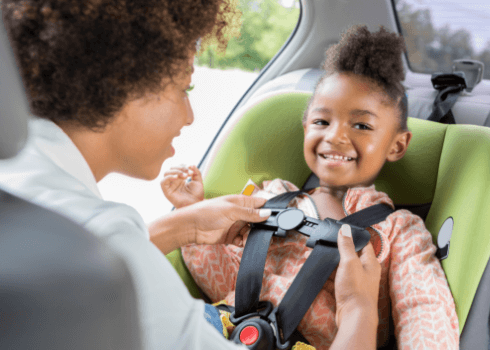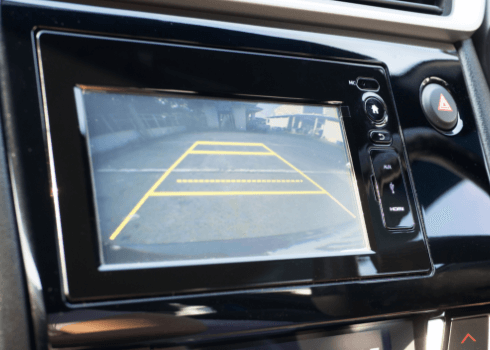Using Naturalistic Driving Data to Examine Teen Driver Behaviors Present in Motor Vehicle Crashes
A naturalistic study was conducted of teen drivers ages 16-19 involved in vehicle crashes between August 2013 and April 2015. There were 538 crashes during this interval, supplementing the original report’s 1,691 teen driver crashes. Distraction-related, teen driver crashes due to cell phone use appear to be much more prevalent than is reflected in official government statistics.
Measuring Cognitive Distraction in the Automobile
This research represents the third phase of the Foundation’s comprehensive investigation into cognitive distraction, which shows that new hands-free technologies can mentally distract drivers even if their eyes are on the road and their hands are on the wheel.
The Smartphone and the Driver’s Cognitive Workload: A Comparison of Apple, Google, and Microsoft’s Intelligent Personal Assistants
This research examines the impact of voice-based interactions using three different intelligent personal assistants (Apple’s Siri, Google’s Google Now for Android phones, and Microsoft’s Cortana) on the cognitive workload of the driver.
Using Naturalistic Driving Data to Assess the Prevalence of Environmental Factors and Driver Behaviors in Teen Driver Crashes
In this study, we conducted a large-scale comprehensive examination of naturalistic data from thousands of actual crashes involving teenage drivers. The data allowed us to examine behaviors and potential contributing factors in the seconds leading up to the collision, and provided information not available in police reports.
Measuring Cognitive Distractions
In this landmark study of distracted driving, the AAA Foundation challenges the notion that drivers are safe and attentive as long as their eyes are on the road and their hands are on the wheel. Using cutting-edge methods for measuring brain activity and assessing indicators of driving performance, this research examines the mind of the driver, and highlights the mental distractions caused by a variety of tasks that may be performed behind the wheel.
Measuring Cognitive Distraction: Part II (2 New Reports)
Utilizes the mental workload rating system and scale published in part 1 (June 2013) to explore the cognitive distraction caused by additional tasks, technologies, and — for the first time—proprietary systems.
Cognitive Distraction: Something to Think About
A compendium of lessons learned from recent studies.
Distracted and Risk-Prone Drivers
Distracted driving remains a significant and high-profile traffic safety concern, with cell phone use and text messaging among its most visible manifestations. This report presents the latest data on distracted driving from the 2012 Traffic Safety Culture Index and examines select findings of self-reported behaviors and attitudes in the Index concluding that distracted driving may simply be one manifestation of risk-prone driving more broadly.



